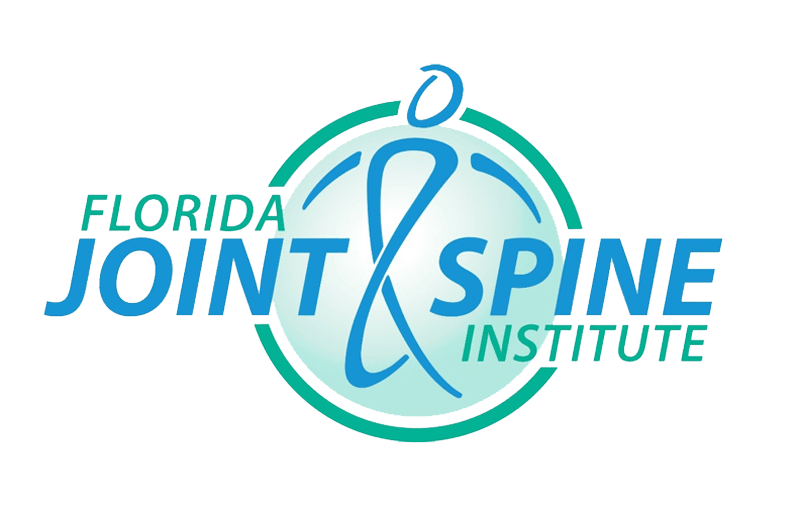
Platelet-rich plasma (PRP) therapy harnesses your body’s own growth factors to stimulate healing in injured or arthritic joints. By concentrating platelets from a small sample of your blood, PRP injections deliver a potent mix of proteins directly to the site of pain, reducing inflammation and encouraging tissue repair. Many patients turn to PRP when conservative measures—like NSAIDs, physical therapy, and steroid injections—offer only temporary relief.
What Is PRP and How Does It Work?
During a PRP session, a clinician draws a vial of your blood and spins it in a centrifuge to separate out the platelet-rich layer. This layer, rich in growth factors such as PDGF, TGF-β, and VEGF, is then injected into the targeted joint under ultrasound or fluoroscopic guidance. Those growth factors jump-start your body’s natural repair mechanisms, recruiting stem cells, improving circulation, and modulating inflammation for more durable symptom relief.
Common Conditions Treated with PRP
PRP injections can help a variety of musculoskeletal issues, including:
- Early to moderate osteoarthritis of the knee, hip, or shoulder
- Tendinopathies such as tennis elbow, Achilles tendonitis, and rotator cuff tendinitis
- Patellar tendon injuries and patellofemoral pain syndrome
- Mild to moderate cases of plantar fasciitis
Patients with more advanced cartilage loss may still benefit, but candidacy depends on individual imaging and functional status.
Procedure and Recovery
Most PRP treatments are performed in the office. After local numbing, the physician injects the platelet concentrate into the joint or tendon sheath. The procedure takes about 20–30 minutes, and you can usually go home the same day. Expect mild soreness or swelling for 24–48 hours; applying ice and limiting strenuous activity helps manage discomfort. A structured rehab plan of gentle range-of-motion exercises and progressive strengthening typically begins 1–2 weeks post-injection.
Benefits and Expected Outcomes
Many patients report meaningful pain reduction and functional gains within 4–6 weeks of a single PRP injection. Studies show improved joint comfort lasting 6–12 months, and in some cases up to two years, delaying or even avoiding the need for surgery. Because PRP uses your own blood, there’s minimal risk of allergic reaction or serious side effects, making it a safe adjunct in comprehensive joint-pain management.
Who Is an Ideal Candidate?
PRP therapy is best for patients who:
- Have persistent joint or tendon pain unresponsive to first-line treatments
- Demonstrate mild to moderate degenerative changes on imaging
- Are seeking to delay surgery and minimize long-term medication use
- Are in generally good health, without active infections or blood disorders
A personalized consultation—reviewing your medical history, imaging results, and functional goals—helps determine if PRP is right for you.
If chronic joint pain is limiting your activities, schedule a PRP evaluation at Florida Joint & Spine Institute. Our specialists will guide you through the process and develop a tailored regenerative plan to help you get back to the life you love.

